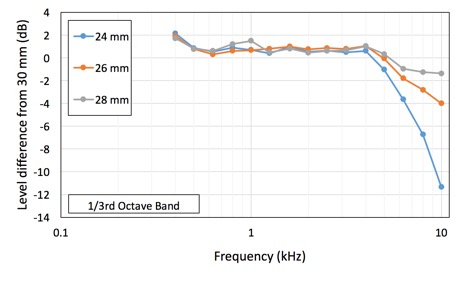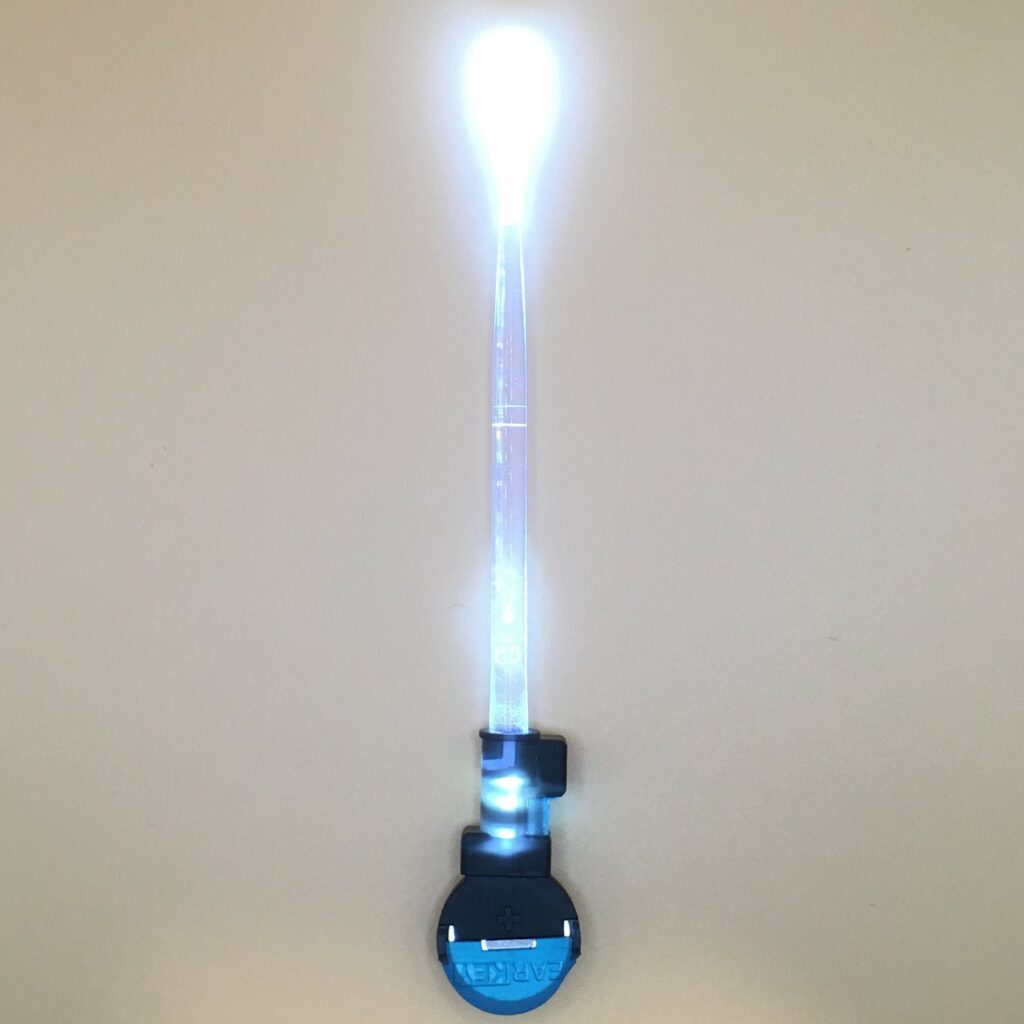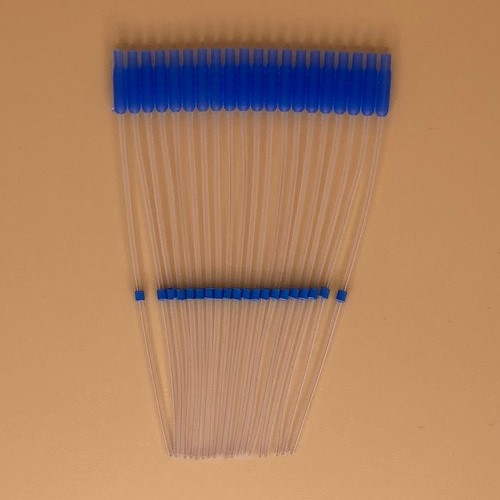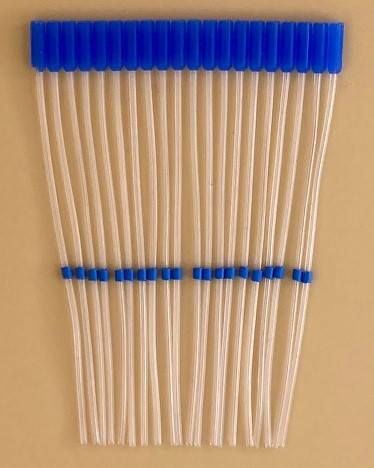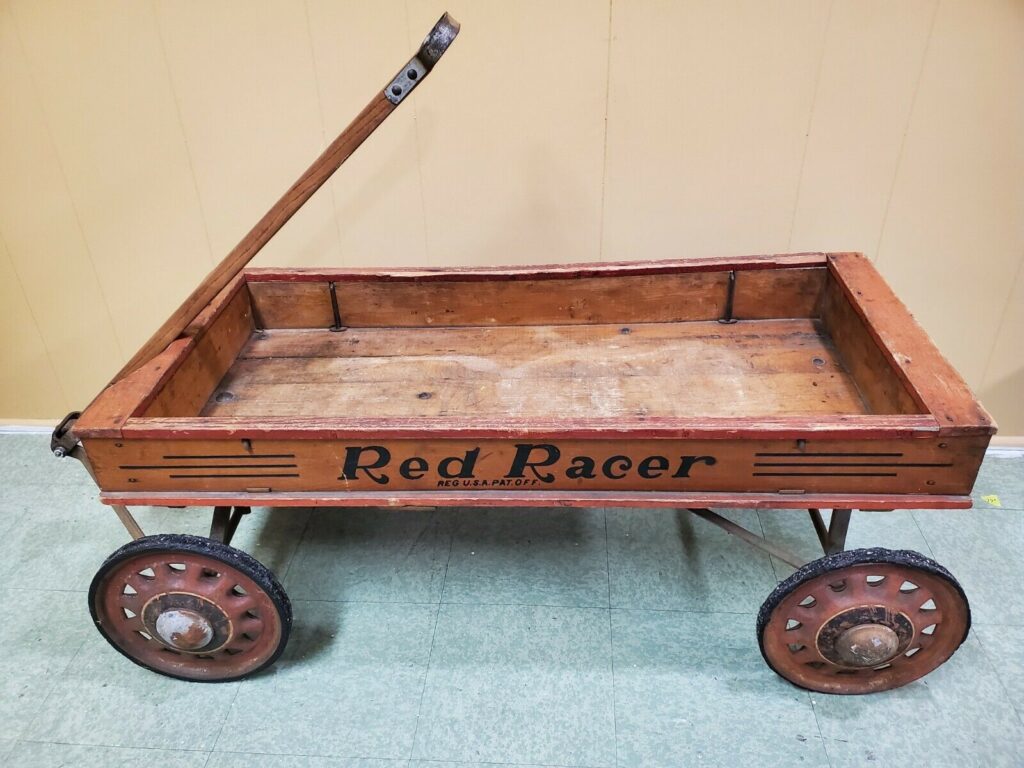Does the length of REM probe tube affect the measure ?
Does the length of REM probe tube affect the measure ? We need a little help from the acoustic theory of resonance frequencies of tubes to respond to that question. In the REM probe tube, we have the following variables:• The softness of the material forming the tube• The diameter of the tube• The length […]


